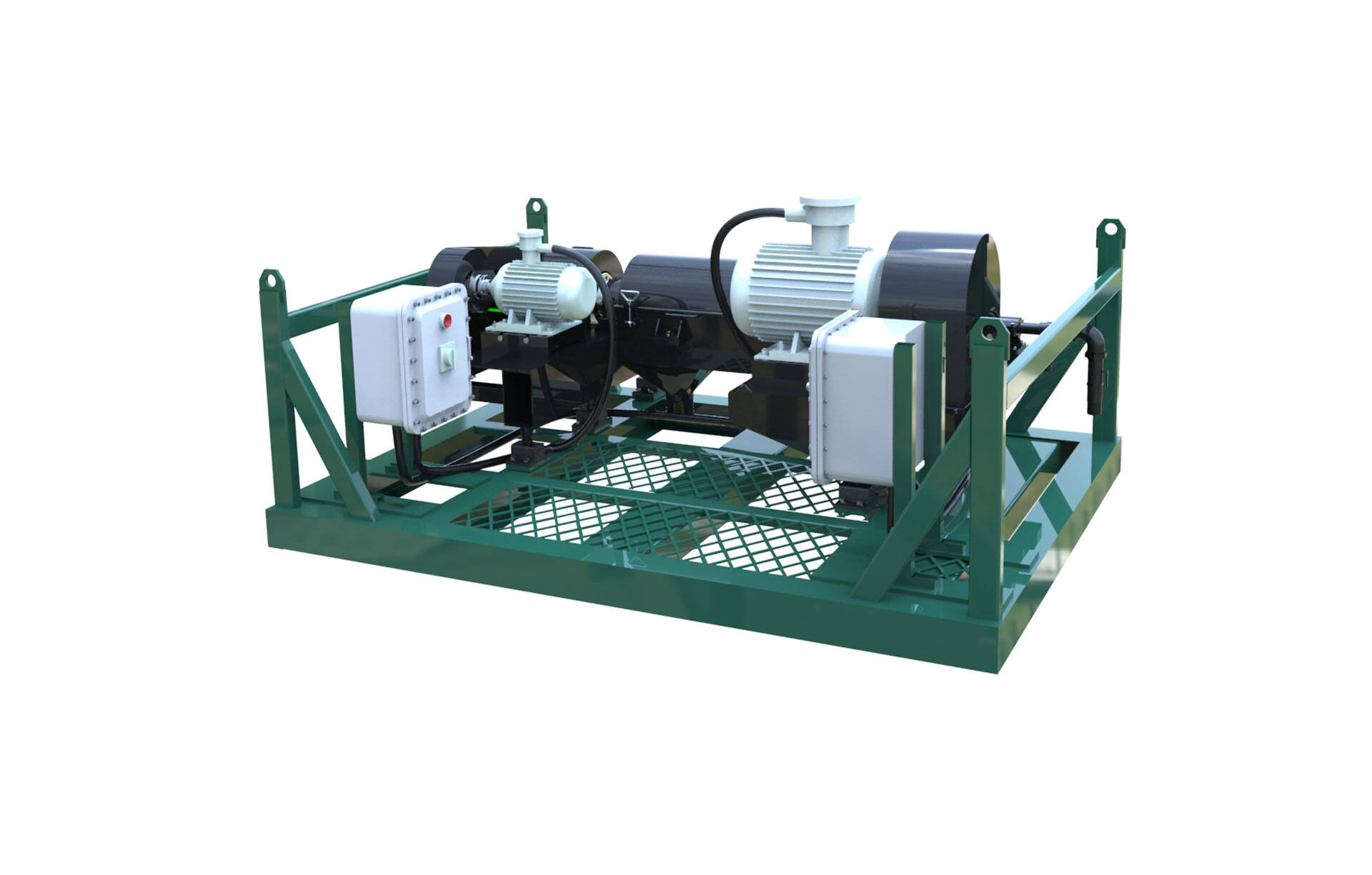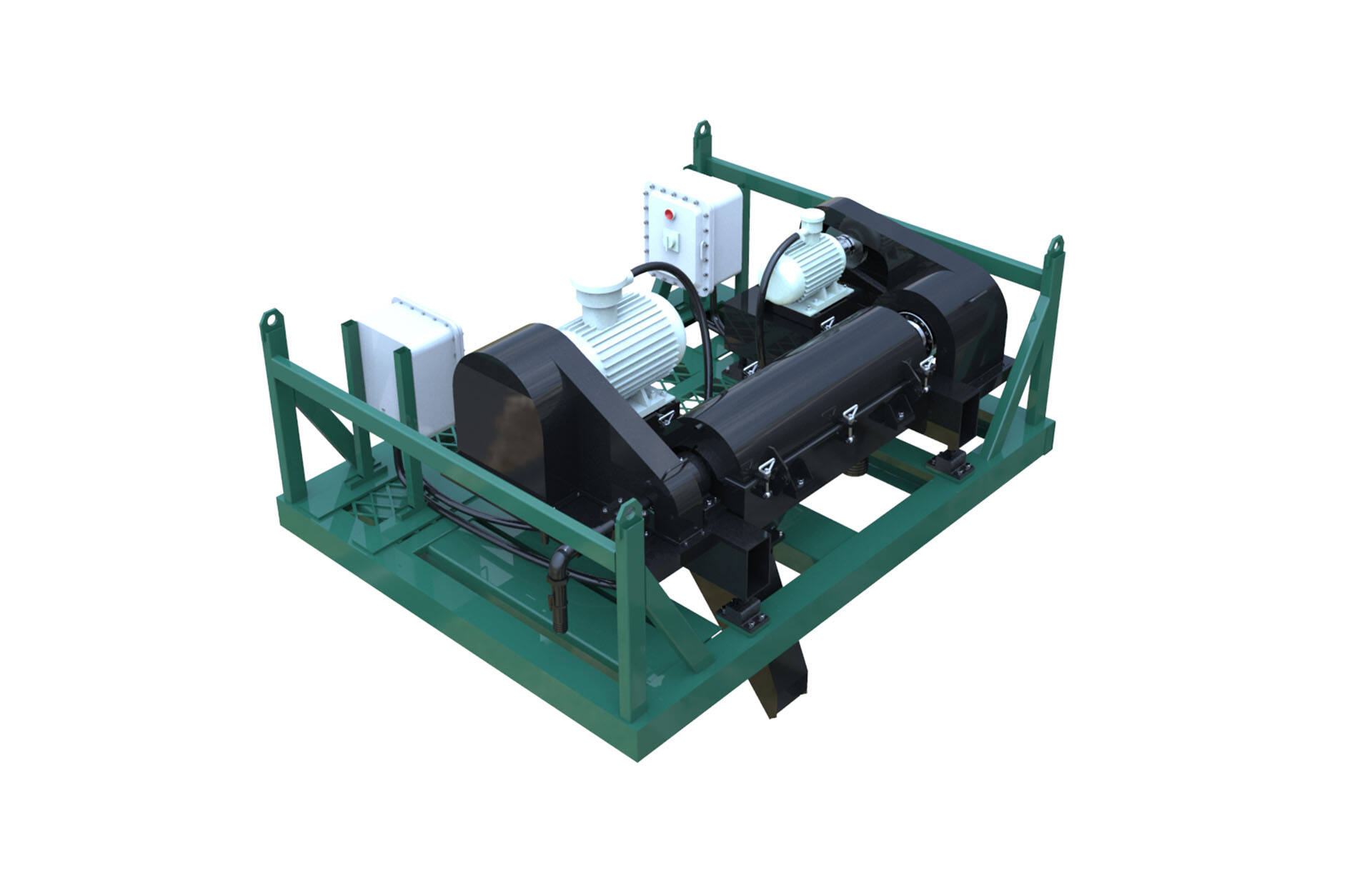sludge reduction treatment
Sludge reduction treatment represents a cutting-edge solution in wastewater management, designed to minimize the volume of residual sludge while optimizing resource recovery. This innovative process combines biological, chemical, and physical treatment methods to effectively reduce sludge volume by up to 80%. The treatment involves multiple stages, beginning with pre-treatment processes that break down complex organic compounds, followed by advanced oxidation procedures that further decompose organic matter. The system employs specialized microorganisms and enzymes that accelerate the biodegradation process, significantly reducing the amount of excess sludge production. This technology is particularly valuable in municipal wastewater treatment plants, industrial facilities, and agricultural operations where sludge management poses significant challenges. The treatment process also incorporates advanced dewatering techniques that separate solid and liquid components, resulting in more efficient handling and disposal of residual materials. By implementing real-time monitoring and automated control systems, the treatment ensures optimal performance while maintaining cost-effectiveness. The versatility of this solution allows for customization based on specific facility requirements and waste characteristics, making it adaptable to various applications and scales of operation.

